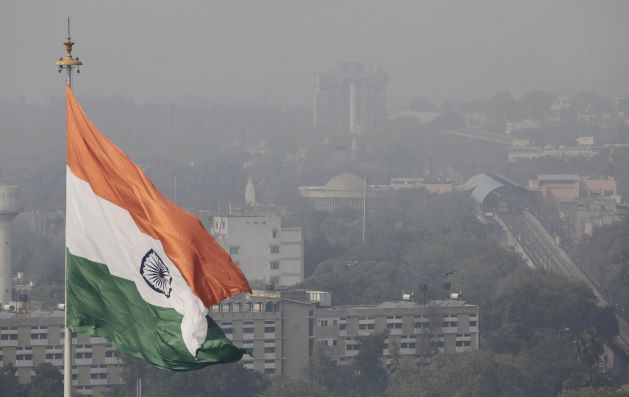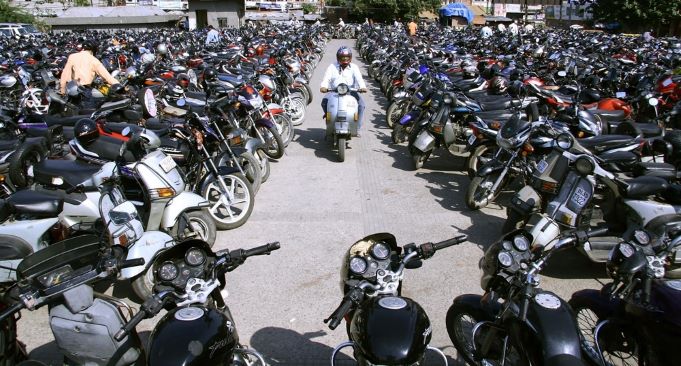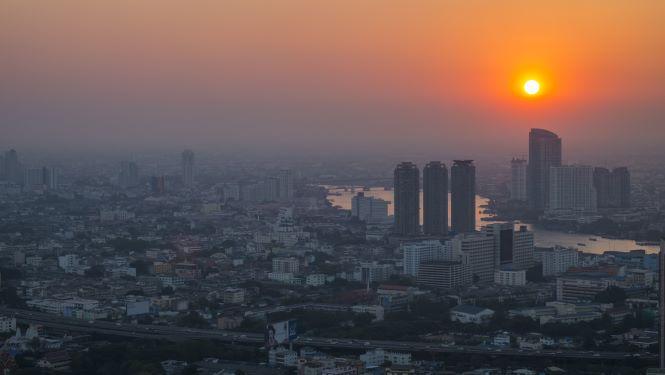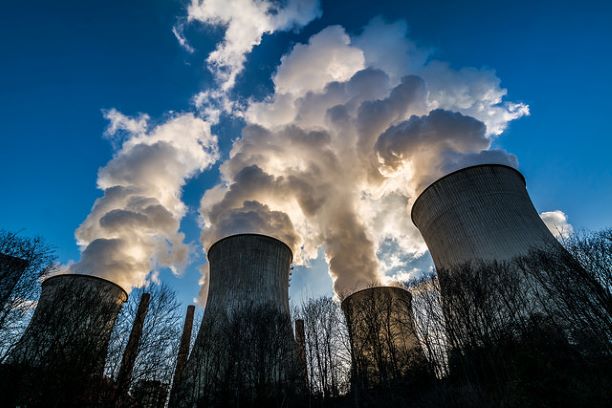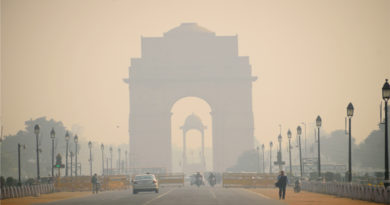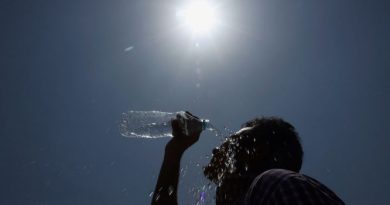At last, Pollution Finds Mention in Parties Poll Manifestos
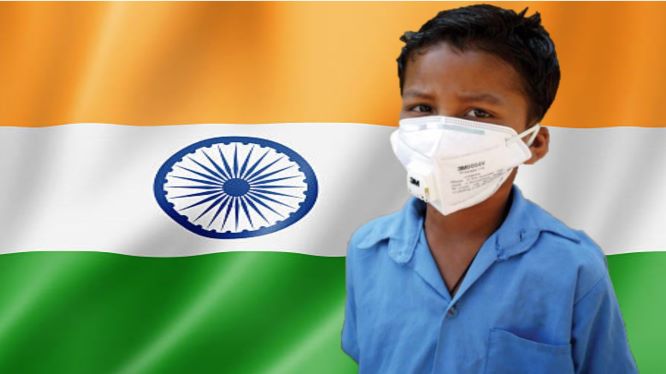
Leaving no stone unturned to woo voters with various schemes, the two major parties, in a rare move, have added tackling pollution into their election manifestos. The major parties BJP and Congress, both have claimed that they will work to reduce air pollution, not just in Delhi but in other major cities as well.
The past week, the Congress party who released its manifesto a bit earlier, has also vowed to work urgently towards curbing this menace, having recognized air pollution as a ‘national public health emergency’.
Now, the BJP has also promised to convert the existing National Clean Air Programme (NCAP) into a ‘mission’ and focus on the 102 most polluted cities of India. It has pledged to try and reduce air pollution by up to 35% in these 102 cities over the course of the next five years and also to put an end to ‘crop burning’-one of the major contributors to air pollution in Delhi and NCR, by 2022. Currently, the NCAP aims to reduce the level of pollution by 20-30% in the next five years (till 2024) taking 2017 as the base year.
The Congress had earlier said it would set sector-wise emission standards to strengthen the NCAP. The 102 cities listed by the Central Pollution Control Board (CPCB) are the defaulters and currently do not meet National Ambient Air Quality Standards.
Among others, the BJP manifesto says, “We have ensured speed and activeness in issuing forest and environmental clearances for eligible projects due to which we have added around 9000 sq. kms to the forest cover of the country. We are committed to maintaining this pace through adoption of cleaner practices to make our nation a greener country”. If we read the statement again, the contradiction will surface. Conservationists have displayed tremendous concern for the 165,088 sq km of protected areas in the country that inhabit wildlife. This is 23 percent of the total forest cover. The February 2019 parliamentary standing committee report on the status of forests shows that between 2013 and 2018, 3,015 sq km of forest land was diverted for mining and other development projects.
However, even Congress’ manifesto has some problems – “the idea of a new environment protection authority should be treated with caution.” the statement has little information as to how a new agency will be effective.
Read: An Appeal to Political Parties Contesting Indian Elections. Green Manifestos
Over 1.2 million Indians died early due to exposure to unsafe air in 2017. Air pollution is now the third-highest cause of death among all health risks, ranking just above smoking, in India. This is a combined effect of outdoor PM2.5, ozone and household air pollution. Due to this combined exposure, South Asians including Indians are dying early — their life expectancy has reduced by over 2.6 years. This is much higher than the global tally of reduced life expectancy by an average of 20 months. The study released last week, titled “State of Global Air 2019“, is produced annually by the US-based Health Effect Institute (HEI) and the Institute of Health Metrics and Evaluation (IHME).
For India, which has always fallen back on the low development stage of its overall economy, and even lower per capita consumption of energy, expecting a tough anti pollution stance from political parties is probably too much. It will take a mix of judicial intervention, data based cases and progressive citizen movements to move the needle significantly here.

